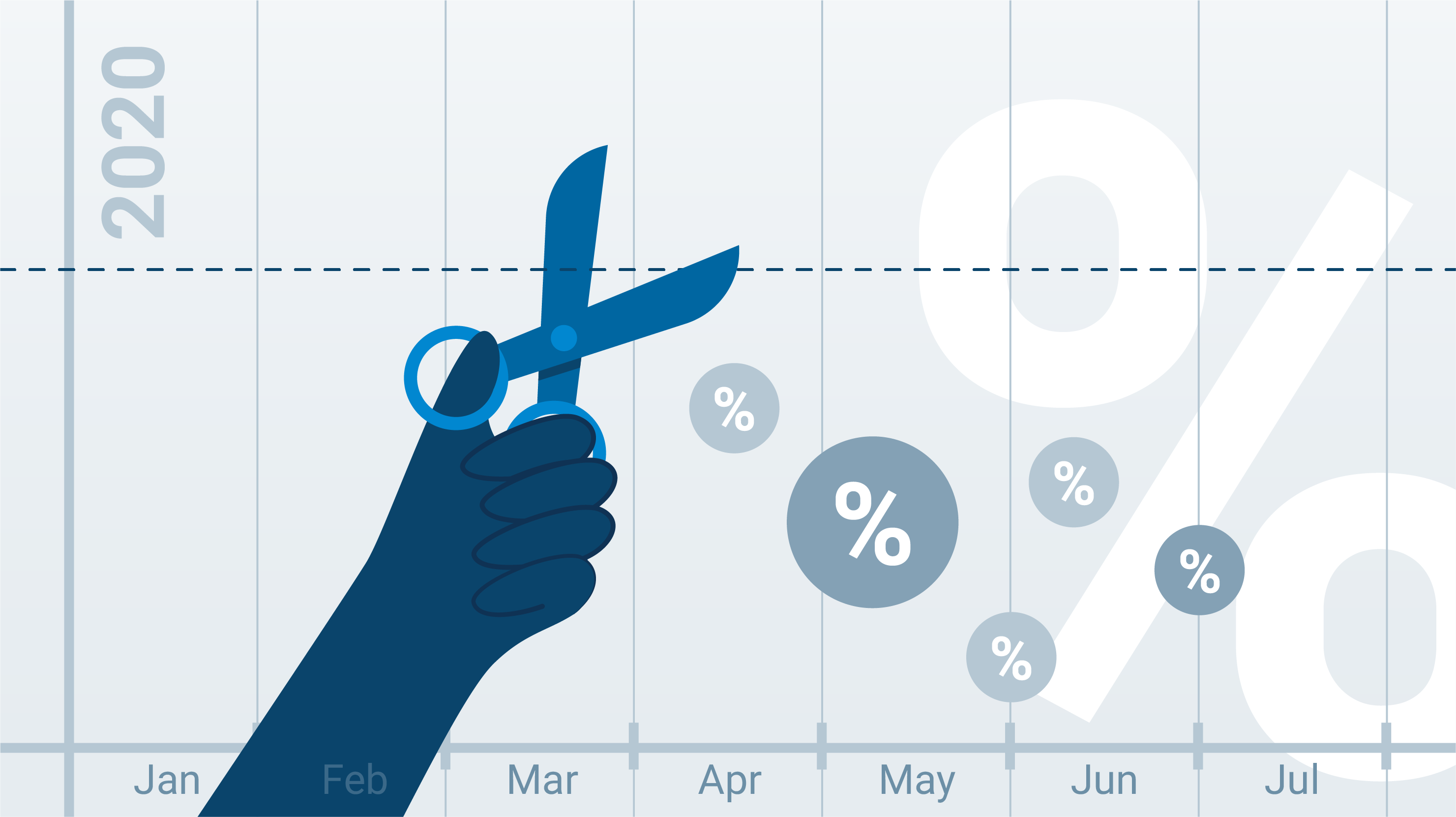By: Penelope Graham, Zoocasa
The Bank of Canada may have held its trend-setting interest rate at status quo in May, but the writing was all but on the wall for a hike to come in July; the central bank indicated as such in its statement, as rising inflation and job growth underpinned the need for tighter monetary policy.
“Overall developments since April further reinforce Governing Council’s view that higher interest rates will be warranted to keep inflation near target,” stated the Bank’s May announcement.
However, that hike is no longer a sure thing: the odds have plummeted to 54 per cent from roughly 70, following the latest “Trump tantrum” at the turbulent G7 summit. As U.S.-Canada trade relations become increasingly fraught, and the future of NAFTA – not to mention the possibility of a full-out tariff war – remains uncertain, it’s highly anticipated the BoC will take a more dovish turn than it had previously been alluding to.
Not surprisingly, this isn’t sitting well with markets, and has put downward pressure on the loonie. As well, unexpectedly weak Q2 inflation data has made a July hike all the more unlikely, with CPI clocking in at 2.2 per cent in May – sharply lower than the 2.9 per cent forecasted. Retail sales also underperformed along with auto prices, prompting the loonie to sink to 74.95 USD.
July Hike Now in Question
All of this market uncertainty has led traders to put off their predictions for the next BoC rate hike. Most are now calling for the first hike no earlier than October, with just a 50-per-cent chance of a second before the year is through. That’s a sharp turnaround from the hawkish outlook held by economists in the first half of the year, with some analysts calling for at least three interest rate hikes in 2018.
Where does this leave borrowers – and how can mortgage professionals accurately guide their clients amid all this uncertainty?
Stick to a Rising Rate Mentality
While the BoC’s next move remains uncertain, the reality is borrowers have been facing a rising interest rate environment for months, for both fixed and variable rates. The Overnight Lending Rate may have been untouched as of January, but the central bank has been busy tweaking its conventional five-year fixed mortgage rate, most recently upped to 5.34 per cent on May 10.
This has squeezed stress-tested mortgage applicants further, and has had a greater material impact on their qualification criteria and affordability than a rate hike alone would have been. For example, those originally in the market for a detached or semi-detached home may now be limited to Toronto condos, or even moving further out into the region, such as the Burlington, or Mississauga condos market.
This followed several upward fixed-rate hikes from Canada’s Big Six lenders, as bond yields have spiked sharply above the 2-per-cent mark, a high not seen in the bond markets since 2015. It was TD who started the upward trend, increasing its rate 45 basis points to 5.59 per cent in April – an abnormally large hike that the bank attributed to the “competitive landscape, cost of lending, and mortgage risks”. And, because the big banks tend to move in lock-step, the remaining five followed suit, with increases between 5 – 20 basis points for their five-year fixed posted products.
Variable Rates Still Historically Best Deal
For borrowers seeking the greatest affordability, the old adage that variable historically outperforms fixed on price remains true; at today’s current best rates, a five-year fixed rate can be had for 3.04 per cent, compared to a 2.15-five-year variable rate, representing a spread of 89 basis points, meaning variable borrowers could still withstand several interest rate hikes before they’d close the gap of affordability between themselves and a fixed-rate borrower.




